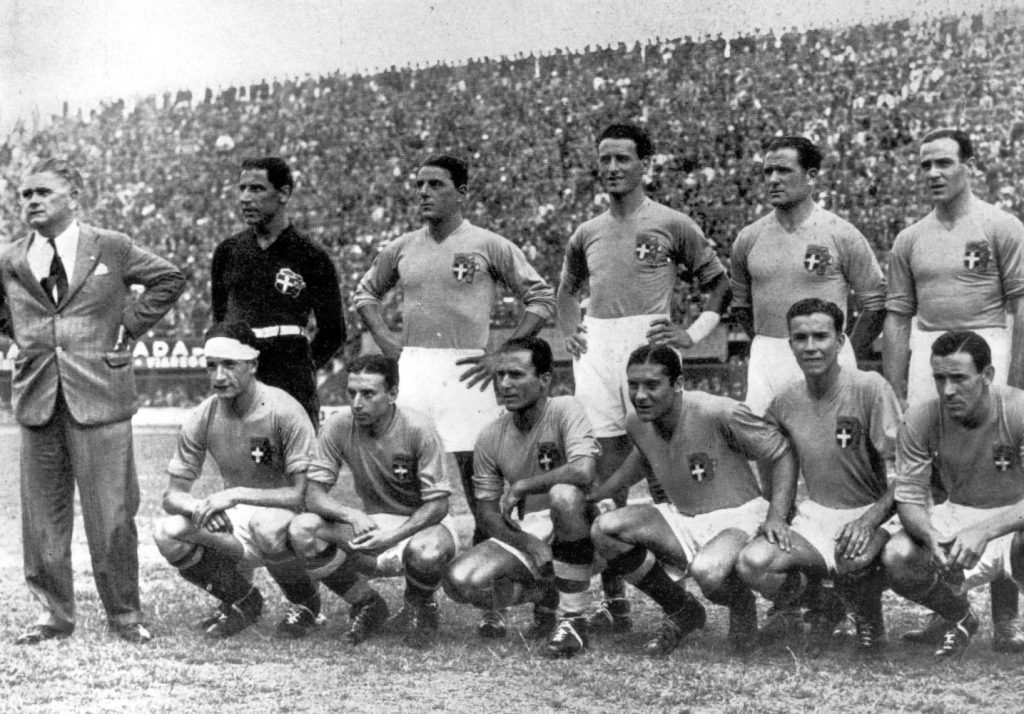The 1934 FIFA World Cup was the second edition of the international football tournament, and it was held in Italy from May 27 to June 10, 1934. This tournament was the first to feature a knockout stage, which replaced the group stage used in the inaugural World Cup in 1930.
Sixteen teams participated in the tournament, which was the same number as the previous World Cup. However, this time, teams had to qualify for the tournament, as there were only three automatic berths for the hosts, defending champions Uruguay, and the 1934 FIFA World Cup champions.
The following 16 teams qualified for the final tournament:
Argentina, Austria, Belgium, Brazil, Czechoslovakia, Egypt, France, Germany, Hungary, Italy, Netherlands, Romania, Spain, Sweden, Switzerland, United States.
The group stage used in the first World Cup was discarded in favour of a straight knockout tournament. If a match was tied after ninety minutes, then thirty minutes of extra time were played. If the score was still tied after extra time, the match was replayed the next day.
The tournament saw several upsets in the early stages. The defending champions, Uruguay, refused to participate, as they were unhappy with the European teams’ reluctance to travel to South America for the previous World Cup.

In the opening match, Germany defeated Belgium 5-2, while Italy beat the United States 7-1. Brazil, who were considered one of the favorites to win the tournament, lost 3-1 to Spain in the first round.
The quarterfinals saw some surprising results. France, one of the pre-tournament favorites, was defeated 3-2 by a relatively unknown team from Austria. Meanwhile, Italy edged past Spain in a tense encounter.
The semifinals saw Italy take on Austria and Czechoslovakia face off against Germany. Italy beat Austria 1-0 in a controversial match that saw Austrian striker Josef Bican’s equalizing goal disallowed. In the other semifinal, Czechoslovakia defeated Germany 3-1 after extra time.
The final was held at the Stadio Nazionale PNF in Rome, and it saw Italy take on Czechoslovakia in front of a crowd of 55,000 spectators. Czechoslovakia scored early on through Antonin PUC in the 71st minute, but Italy equalized through Raimundo ORSI in the 81st minute. However, Italy secured victory in extra time, with goals from Angelo SCHIAVIO giving them a 2-1 win and their first World Cup title.


The 1934 FIFA World Cup was notable for several reasons. It was the first World Cup to feature a knockout stage, which has been used in every subsequent tournament. It was also the first World Cup to have teams qualify for the tournament, which has become the standard practice. Additionally, the tournament was marked by political tensions, with Italy using the tournament to promote its regime’s ideology. Despite these issues, the tournament was a success, and it helped establish the World Cup as one of the most significant sporting events in the world.





